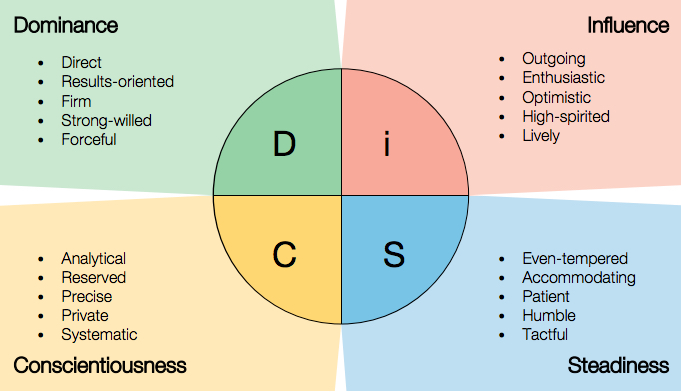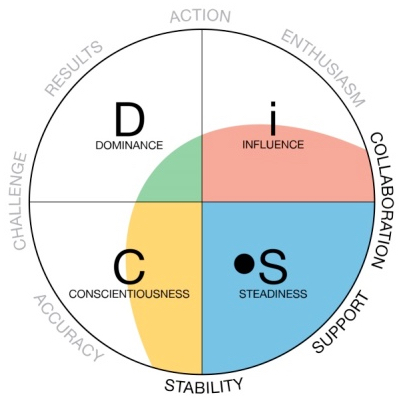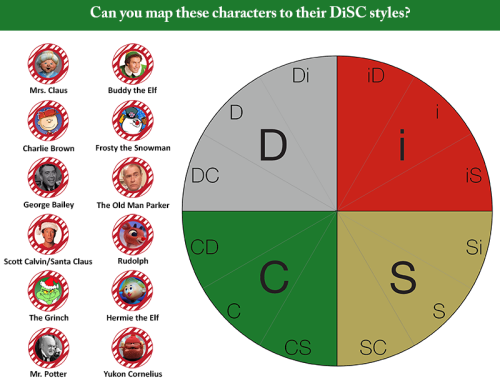Let’s look at patient and agreeable “S” style team members are happy to give support.
Typically patient and agreeable, S style team members are happy to give Support whenever and wherever they can. While they may be somewhat competitive, they don’t need to win to feel good about themselves. Instead, they are quick to share credit, find satisfaction in accommodating others, and are willing to put their own needs aside in the interest of being supportive.
Maintaining Stability is a key priority for those who tend to be reliable as well as cautious, preferring a predictable and harmonious environment with minimal surprises. Steady and consistent—more of a rule-follower than a rule-breaker—they take pride in knowing that others count on them to follow through.
Valuing cooperation and interaction, S styles also strive to be great team players as they focus on Collaboration and making personal connections to create a warm, friendly environment. Because they tend to see others’ points of view, they are able to provide the empathy that makes people feel understood and accepted.
People with an S style are often highly dependable, accepting of others, and great team players who do their part to contribute to group successes. Compared to those with other styles, they probably have more patience for long, routine projects that require steadiness and consistency—essential qualities that every organization needs.
The strengths and priorities that S style team members bring to the workplace, however, can also create points of great stress, for them and for others with whom they work. For example, because they value stability, they may have difficulty being highly effective in competitive environments or engaging in projects they perceive as too risky. Working without clear guidelines or in situations that involve ambiguity can be especially stressful. What’s more, because conflict often makes them uncomfortable, they may shut down and disengage when working with particularly forceful people—like D style co-workers and teammates.
Regardless of a team members’ DiSC style, it is important to remember that all styles and priorities are equally valuable and everyone is a blend of all four styles. If a collaborative, compassionate, and consistent S style wants and needs to work effectively with another S style colleague—or even a potentially more challenging D style—it’s critical that they be mindful of their approach. In doing so, they can adapt their behaviors in ways that build more effective relationships and contribute to building better workplaces.
Thanks to Robin Kellogg, an instructional designer and trainer with Wiley, for this content.
Explore the preferences and tendencies that shape the workplace experience of:
- dominant “D” style team members
- influence-focused “i” style team members
- conscientious “C”style team members







